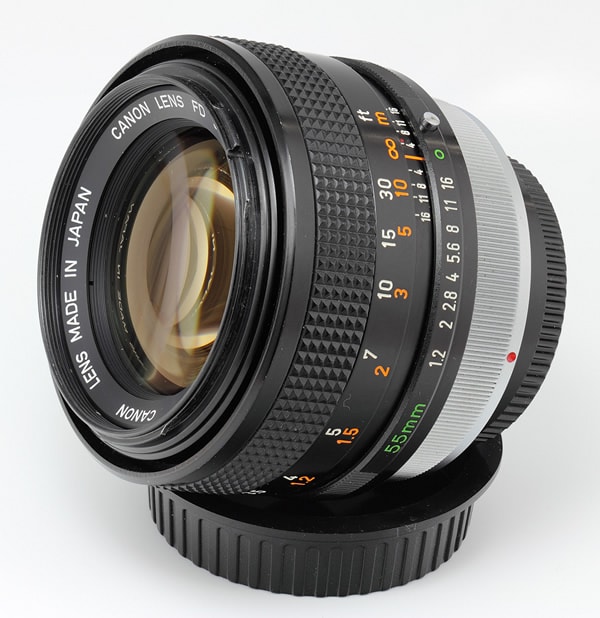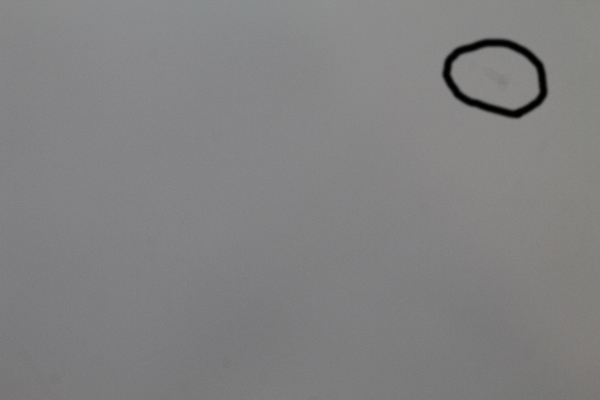Purchasing Used Lenses - What To Look Out For
Camera bodies have finite shutter lifespans and deprecating value with each and every new model released. Camera lenses are relatively more unique compared to their counterparts; there generally aren’t new lens releases every year that aim to replace previous models.
And given proper care and maintenance, lenses can be resold and reused over and over without fear of losing their functionality. Camera bodies come and go, but good lenses can last a lifetime.

photo by s58y
But with more and more camera bodies percolating the market, many companies are realizing that focusing on selling lenses, with this market being much smaller in scope, is a more efficient way to generate profits. Sony, Leica, and Pentax have undergone increases in lens prices all just this year, and this is just a continuation of an increasingly popular trend.
Consequently, another increasingly popular trend is for photographers to scour the lens marketplace for secondhand items. For every top-of-the-line new lens that has just came out from your favorite company, there will be plenty of refurbished, used, and even slightly-broken-but-still-usable versions of the same product that are much more affordable for the average consumer. Ebay, Amazon, Craigslist, thrift stores, and your peers are all viable places to find used and much cheaper lenses.
However, lenses being the long-lasting merchandise they are, there are many things you need to look out for when buying used. Even the tiniest issues can and should be deal breakers; buying used isn’t for the careless and brash consumer.
1. Investigate Into Your Seller’s Background
History repeats itself, and if you know your seller to be a consistent abuser of electronics and photographic equipment, there’s a fair possibility that what you’re buying has suffered some damage.
If you’re buying refurbished, whether it’s from Amazon or another company, you should Google the store name and look at some of their reviews, especially if it’s at a price that seems a little too good to be true. Buying from an Ebay user who has more negative reviews than positive is just asking for trouble, but you can still run into problems with sellers who have even a 99% positive review rate, so a good reputation doesn’t automatically guarantee good service.
Also, one of the most important questions you can ask your seller is: why is he selling the lens? Buying a better model, or switching to an incompatible camera platform, or even choosing to stop pursuing photography are all legitimate reasons to sell a camera lens. However, if the seller cannot give you a reasonable explanation for the sale, it could be an indicator of a hidden problem with the lens he’s reluctant to mention, so be weary.
2. Closely Review The Photos
You can generally have peace-of-mind if your seller lists or describes the item as “like new” or even “never been used”, but everyone has a different definition of the word “good” or even more frightening the term “mint”.
Any seller who’s taking the exchange seriously will include at least a few photos of the lens that aren’t just stock photos, but be weary of photos taken with a lot of noise, no zoom, and other traits of low quality. Ask for more detailed photos, and photos focusing on each specific part of the lens, especially for closeups on the portions of glass.
3. Ask For Photos Taken With The Lens
If the seller still owns a compatible camera body and didn’t just come across the lens itself, it is very reasonable and wise to ask for some sample photos that have been shot with the lens.
They must be recent photos, and should preferably be timestamped. While photos of the lens itself may disclose some of its noticeable problems and damages, there might be microscopic smudges, scratches, or dirt pieces lodged within the lens that will undoubtedly ruin or at least detract from your photos. These issues, no matter how invisible to the naked eye, will show up in the photos the camera takes.
4. Test Out The Lens For Yourself
If you’re buying from a peer or from Craigslist or from a thrift store, it would be foolish to purchase a lens without personally investigating or testing it out for yourself first. There are many issues that could go unnoticed until it’s too late unless you give the lens a proper inspection first.
Here are a couple things you should check:
- Check for any physical damage. Scratches on either glass ends of the lens are a big problem. So are any dings or dents on the lens, though visible, minor wear is fairly common for used equipment.
- Hold a flashlight to the lens. Shining a flashlight from one end and looking through the lens can make any dust trapped inside the lens visible. Small specks aren’t bad, but large clumps of dust render make your photos unusable.
- Check the focal ring and zooming. Attach the lens to your camera and rotate the focus and zoom on the lens slowly as you look through your camera’s viewfinder. Make sure the focusing works correctly at all of its ranges.
- Change the aperture. Change the aperture settings on your camera and ensure that the aperture blades inside the lens are able to change smoothly. Listen for any sounds that could be warning you of a wornout mechanism.
- Take sample photos yourself and review them. Take photos at different focuses, zoom lengths, and apertures. Also take a few photos where the entirety of the content is one solid color, preferably white. This’ll allow you to truly tell if there’s any kind of dirt or blemishes as the smaller marks and spots will go unnoticed in photos with a lot of distractions. Taking a photo of a solid white wall would work well for this test, and you should closely look at the photos with zoom on a sufficiently sized monitor.

A speck of dirt, if large enough and is inside your lens, will show up in every photo that you take. Sometimes it’s very obvious and noticeable and sometimes you have to look twice to catch it, but even a minor detail like this will be enough to ruin a professional photograph.
5. Compromise, Clean, And Repair
Sometimes, the price is just too good to pass up, even if it means buying a less-than-perfect lens. For example, a broken autofocus can knock off one or two hundred dollars from the price of a lens, and photographers who shoot solely in manual mode probably won’t even miss the feature.
Or a slightly dirtied lens might look good as new with some intensive cleaning and dusting with a blower or canned air.
Even a lens that’s basically broken and nonfunctional can usually be fixed by taking it into a professional camera company or repair store, and the cost of the broken parts and repair might still be much cheaper than other used lens on the market. Buying lower quality items is a gamble, but sometimes, it could pay off.
